Being new to yoga can be overwhelming. Between the pose names, the yoga props, and the various class styles, it can take time to figure out where to start. Yoga began as a simple practice to help prepare the body for meditation and has evolved over the years into something much more complex. Various styles of yoga now cater to different needs, preferences, and goals. Let’s explore some of the most well-known styles of yoga: Hatha, Iyengar, Vinyasa, Power Yoga, Ashtanga, Kundalini, Restorative, and Yin. Each offers unique practices and benefits; understanding these differences can help you find the right fit for your practice.
Styles of Yoga
Let’s explore eight popular styles of yoga:
Hatha Yoga
Hatha is a general term for all physical yoga practices. It focuses on basic postures and breathing exercises and is often considered a gentle introduction to yoga.
Hatha involves holding poses longer to improve flexibility and strength and promote mindfulness. The word “Hatha” in Sanskrit is often interpreted as a combination of two syllables: “Ha” meaning “sun” and “Tha” meaning “moon.” Hatha represents the union of opposites, symbolizing the balance the practice tries to create, such as strength and flexibility or activity and rest.
Hatha yoga is one of the most traditional and widely practiced forms of yoga. Hatha yoga is considered the foundation of many other modern yoga styles, such as Vinyasa, Ashtanga, and Iyengar.
Try this free Hatha Class on my YouTube Channel!
Iyengar
Iyengar Yoga is a style of yoga that emphasizes precision, alignment, and the use of props to achieve the correct postures. Developed by B.K.S. Iyengar, this form of yoga is rooted in traditional Hatha yoga but strongly focuses on each pose’s technical aspects.
Iyengar Yoga classes often follow a structured sequence of poses designed to work on different aspects of the body and mind. The sequences are usually created to progressively build strength, flexibility, and concentration.
Vinyasa Yoga
Known for its fluid, movement-intensive practices, Vinyasa involves transitioning smoothly from one pose to the next. In these classes, movement is often coordinated or synchronized with an inhale or an exhale, creating a continuous flow of postures.
Vinyasa classes frequently include several rounds of Sun Salutations to help warm the body and pair breath and movement. The focus on breath helps to cultivate mindfulness, calm the mind, and enhance the mind-body connection. Vinyasa classes can vary widely depending on the instructor. There is no single “set” sequence, so classes may include different poses and styles, making each session unique.
Power Yoga
Power yoga is a vigorous, fitness-based approach to yoga that emphasizes strength, flexibility, and endurance. Unlike traditional yoga styles, which often focus on slow, deliberate movements and breathing, power yoga is a more dynamic, fast-paced practice focused on physical conditioning.
Poses are often linked together in a flowing sequence with breath, like in Vinyasa. Despite its physical intensity, power yoga still emphasizes the connection between breath and movement, helping practitioners to stay present and focused.
Ashtanga Yoga
Ashtanga yoga is a highly structured and physically demanding form of yoga that involves a specific sequence of postures practiced in a precise order. It is rooted in ancient yoga traditions and was popularized in the 20th century by the Indian yoga master Sri K. Pattabhi Jois. The practice emphasizes discipline, strength, flexibility, and the synchronization of breath with movement.
Ashtanga consists of six sequences that all start with the same standing postures. Each sequence has a different focus and increases in difficulty. Ashtanga focuses on building strength, flexibility, and stamina.
One of the distinctive features of Ashtanga yoga is the “Mysore style” practice, named after the city in India where Pattabhi Jois taught. In this style, students practice the set sequence at their own pace under the guidance of a teacher who provides individual adjustments and instruction.
To confuse matters, Ashtanga can refer to both a style of yoga and the philosophical 8-Limb Astanga Yoga System outlined by the ancient sage Patanjali in the Yoga Sutras. The term “Ashtanga” itself means “eight limbs” in Sanskrit, reflecting the eight interconnected aspects of this path.
Learn about the Eight Limbs of Yoga here.
Kundalini Yoga
Kundalini focuses on awakening the coiled serpent-like kundalini energy believed to be at the base of the spine. The goal of the practice is to awaken this energy and guide it upward through the chakras to achieve higher states of consciousness.
It combines postures, breathwork, chanting, singing, and meditation to release this energy and promote spiritual enlightenment. Kundalini yoga sessions often involve kriyas, which are specific sequences of postures, breathwork, and sounds designed to achieve a particular effect, such as cleansing, energizing, or balancing the body and mind.
In traditional Kundalini yoga classes, practitioners often wear white clothing and turbans. Kundalini is considered more spiritual than other types of yoga, and therefore, most Christians do not participate in this style of yoga, as it has some elements that contradict Christian theology and spirituality.
Restorative Yoga
Restorative yoga is a gentle, calming practice that rejuvenates the body and mind. It involves moving slowly and holding poses for extended periods, using props like blankets and bolsters to support the body and allow for deep relaxation. Poses may be held for up to 15 minutes. Restorative yoga is particularly effective for stress relief.
The practice’s gentle nature helps calm the nervous system, lower cortisol levels, and promote a state of deep rest. This style is especially beneficial for those dealing with chronic stress, anxiety, or insomnia.
Many of the posses are passive and done seated or lying down. The primary focus of restorative yoga is to promote relaxation, reduce stress, and facilitate healing for both the body and the mind.
Try this restorative class on my YouTube channel for free!
Yin Yoga
Yin is a slow-paced style of yoga with poses held for extended periods, usually 3-10 minutes. It focuses on improving joint mobility and stretching connective tissues such as ligaments, tendons, and fascia. By applying gentle, sustained pressure, these tissues can become more pliable and elastic over time. Yin yoga enhances flexibility, increases circulation, and promotes inner stillness.
Many poses are done seated or lying down to encourage a deep release of tension in the body. Yin yoga is accessible to people of all ages, fitness levels, and experiences. Even though this practice is slow, it can still be challenging for both the body and the mind.
What is the best style of yoga?
There’s no right or wrong answer to the “best” style of yoga. The best style is one that meets your needs and goals at the moment. Your favorite yoga class may depend more on the teacher than the style, and that’s fine! Every teacher brings something unique to their teaching practice.
To help you figure out what style of yoga works for you, think about your needs, goals, fitness level, and preferences. Then, find a class that helps you to address those needs.
Experiment with a few styles and teachers. Pay attention to how you feel before and after each class. Your yoga practice can evolve as your goals and circumstances change. During high seasons of stress, you may need to focus more on restorative or yin classes. When you need motivation for life, you may find vinyasa or power yoga a good fit. The variety of yoga is one of the things that make this practice so beneficial.
Learn more about the fascinating history of yoga in this blog post.
The world of yoga offers diverse styles, each catering to different needs and preferences. You can find the perfect fit for your yoga practice by understanding each style’s unique practices and benefits. Whether you’re seeking a vigorous workout or a gentle way to unwind, there’s a style of yoga for you.
Tonya is a 500hr RYT based in Coastal Mississippi. She loves that she gets to share the joy and healing that yoga brought to her life. In addition to teaching yoga, she flips houses with her husband. Tonya is a travel enthusiast who loves the outdoors and adventure. You'll find her at the local beach, volunteering at the animal shelter, and playing with her forever and foster dogs.
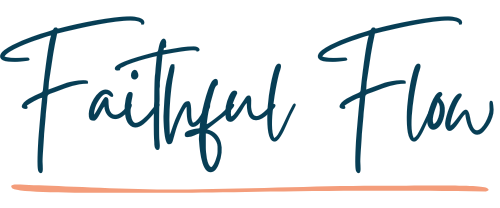
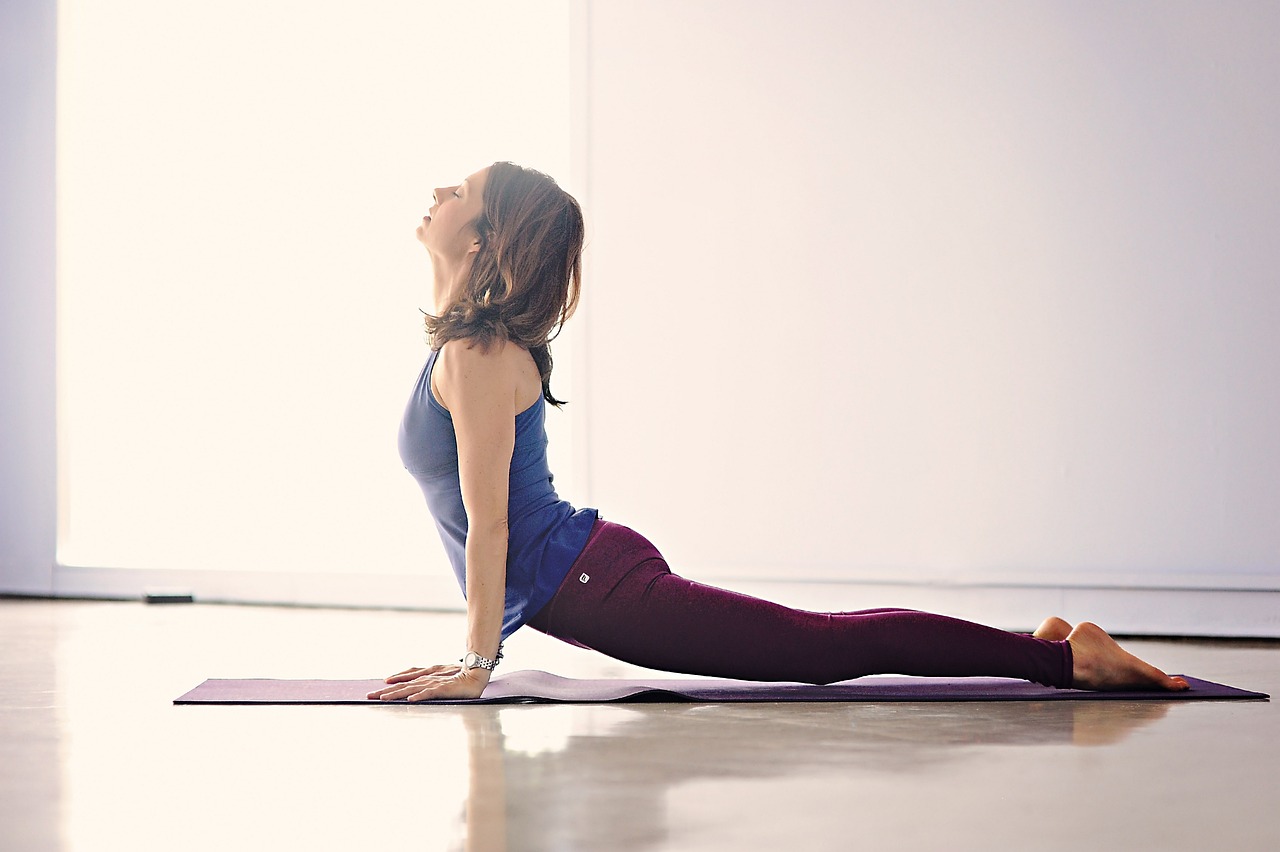
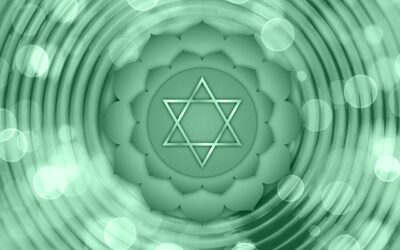
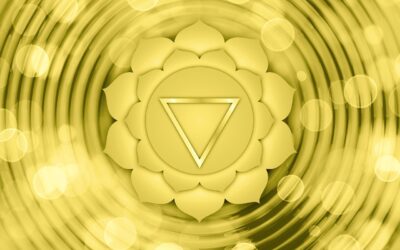
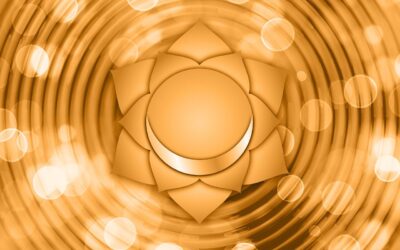
Hey there! This is kind of off topic but I need some guidance from an established blog. Is it difficult to set up your own blog? I’m not very techincal but I can figure things out pretty quick. I’m thinking about setting up my own but I’m not sure where to begin. Do you have any points or suggestions? With thanks
I use Divi Builder for my website design and learned everything from YouTube. It’s time-consuming to learn, but not really that hard. I found this guy’s blog and YouTube videos extremely helpful https://ferdy.com/